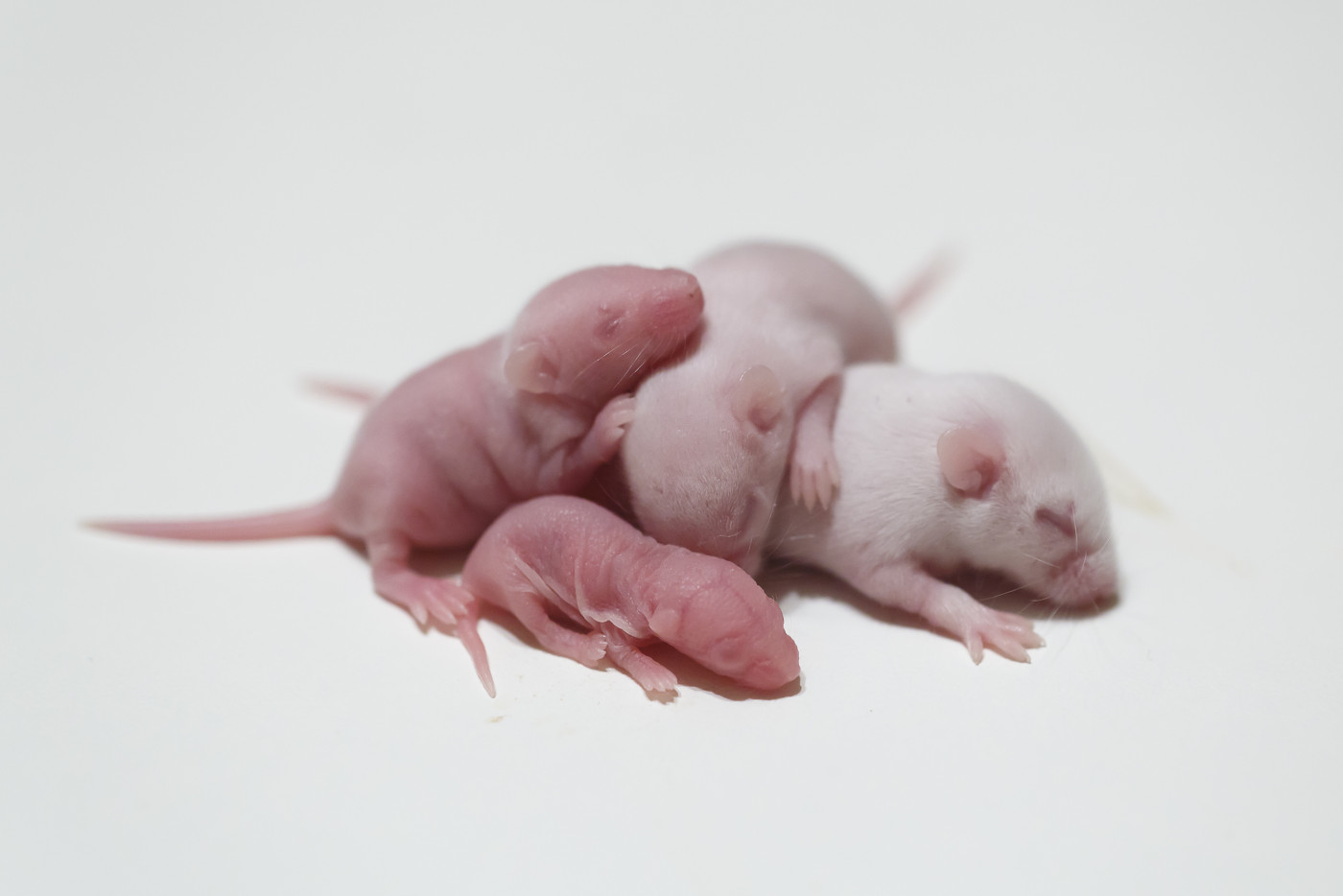Pre-birth Heart Defects May Contribute to Cardiac Pathology in SMA, Mouse Study Indicates

Heart defects occurring pre-birth may contribute to cardiac pathology in spinal muscular atrophy (SMA) patients, according to a mouse study.
The research, “Developmental and degenerative cardiac defects in the Taiwanese mouse model of severe spinal muscular atrophy,” was published in the Journal of Anatomy.
SMA patients primarily have loss of specialized nerve cells called motor neurons in the spinal cord, which causes progressive muscle atrophy. However, patients also may develop impairments in the liver, lungs, pancreas, spleen, testis, gut, and blood vessels.
Cardiac abnormalities long have been associated with SMA, but only recently have they been recognized as a core feature of severe SMA. These are divided in two major categories: structural defects, and arrhythmia (irregular heartbeat).
The most common congenital structural defects in SMA patients are in the atrial and ventricular septum, which refers to the wall dividing the left and right parts of the heart, and in the aortic arch — the artery’s intersection between ascending and descending zones. However, pulmonary hypertension, ventricular enlargement, and cardiomyopathies — disorders of the heart’s muscle — also have been described.
Altogether, the evidence suggests a diverse array of cardiac defects, which warrants further research to clarify the exact involvement of these co-morbidities in SMA.
Mouse models of both mild and severe SMA have successfully reproduced the complex picture of cardiac defects, but their understanding is still incomplete.
Besides heart defects, reduced blood vessel density, necrosis (cell death) and extramedullary hematopoiesis — the formation of blood cells outside of the bone marrow — are further cardiovascular system impairments in SMA. These abnormalities have been observed in both patients and mouse models with severe disease.
The research team conducted a detailed morphological analysis of the heart in the Taiwanese mouse model used to replicate a severe phenotype of SMA, and focused on the period between birth and the first appearance of neuromuscular symptoms to identify the mechanisms underlying the initiation of cardiovascular defects.
The analysis revealed thinning of the ventricular septum at three days after birth and dilation of the ventricles at pre- and early-symptomatic ages, which matched data from other mouse models. Importantly, researchers observed that the thinning of the left ventricular wall occurred from birth, prior to any neuromuscular symptoms.
Changes in the collagen IV protein also occurred from birth and contributed to abnormal arrangement of cardiomyocytes — cells that make up the heart’s muscle. These cells also exhibited oxidative stress before symptom’s initiation and increased apoptosis (cell death) during the early stages of SMA. In addition, the heart’s vascular density was decreased.
Importantly, researchers observed increased blood retention in the hearts of the mice, suggesting functional defects.
“Taken together, these findings point toward impaired development of the SMA heart as a significant contributor to cardiovascular defects,” researchers wrote. “These pathologies mirror dilated cardiomyopathy, with clear consequences for heart function that would likely contribute to potential heart failure.”
The team believes its findings support the need to develop disease therapies that also target non-neuromuscular alterations in SMA patients.







